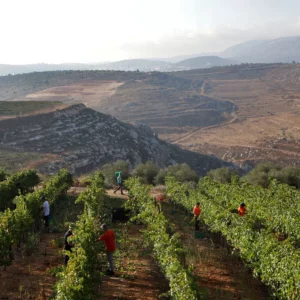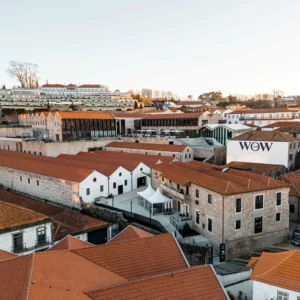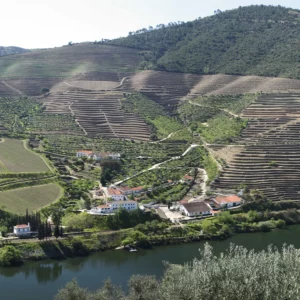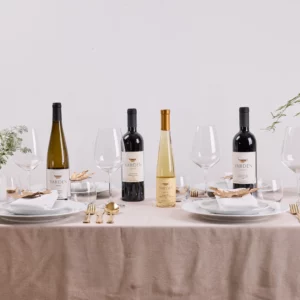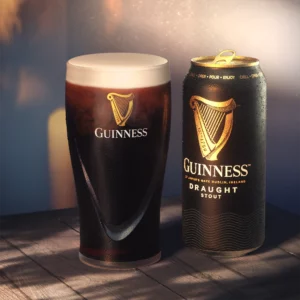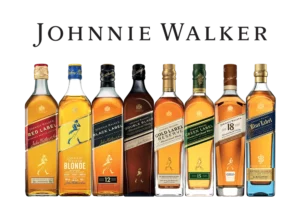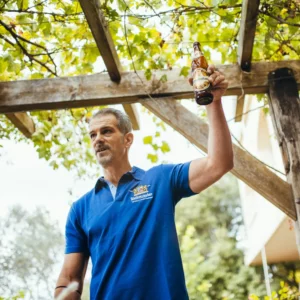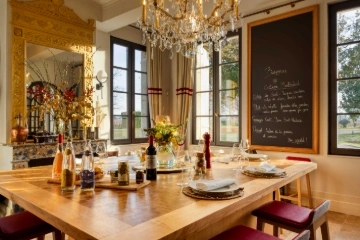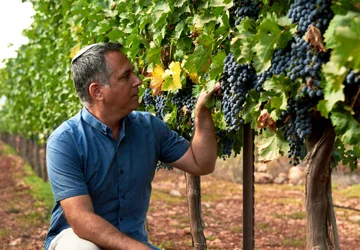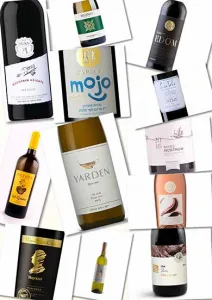Once, not so long ago, the most popular wine in Israel was a rosé. After the peak years of Carmel Hock and Adom Atik and before Emerald Riesling came to the fore, the Carmel Grenache Rosé was king. Many new consumers came to wine via this wine. There was one wine writer who used to talk about a romantic meeting on a beach where this wine featured. It was an induction into wine and a coming of age on the same evening. No-one has ever referred to Grenache Rosé with such love and longing and he traced his interest in wine from this memorable occasion!
In those days rosé wines were recommended as the ultimate compromise choice. The rules then said, white wine goes with fish, red goes with meat, but rosé goes with everything and anything.
However since those heady days, perhaps because it was then a cheap wine and with a generous dollop of sweetness as was then the fashion, things changed. Rosé came to be considered passé in Israel. The new Israeli experts drank red wines.
Thankfully, the last few years have seen not only a revival in the fortunes of rosé, but a revolution. Wine drinkers have realized that this is a style of wine absolutely made for Israel’s climate and wineries have responded by making some really good quality rosés.
Rosé is a perfect Mediterranean wine conjuring up scenes of a cloudless sky, calm sea and casual dining, with mezze on the table. The range of possible styles is quite broad. The color might be a light delicate onion skin pink or alternatively it can look like a red wine that has been mixed with a glass of water. The early Bordeaux wines were named claret by the British because they had a similar light red color.
It can be bone dry, with piercing acidity or virtually semi dry to even medium. It should be fragrant, with delicate berry fruit but not too aromatic. Above all, it should be refreshing. Best served in a white wine glass, rosés are suitable for spicy food, cold meats, fish dishes, sashimi and especially at picnics and barbeques. How about matching colors and drinking a pink wine with baked salmon! Whatever you choose, be sure to serve it very cold. It is the ultimate spring and summer wine for any occasion. Just remember to drink fresh and young. Avoid older rosés on the shelves that take on an orange hue.
Undoubtedly the most developed rosé culture is in France. There a bottle of rosé on the table carries no stigma. No-one looks down on someone who prefers a bottle of rosé instead of a red or white wine.
Arguably the best rosés come from there. Rosé d’Anjou from the Loire Valley, Tavel Rosé from the Rhone Valley and Provence Rosés from the South of France, are examples of some well-known rosés.
White Zinfandel from California is another well-known form of rosé. It is known as a ‘blush’ wine, because of its delicate, paler color. It is more likely to be pink rather than light red, and will almost certainly be considerably sweeter than the French versions. White Zin, as it is known, is extremely popular as an entry level wine.
Closer to home in the eastern & southern Mediterranean, rosé wines also have a strong following. It is a popular style in Morocco, where it is known as ‘vin gris’ or ‘gris de gris’. Lebanon also has particularly good rosés especially those produced by Chateau Kefraya and Chateau Ksara.
Perhaps the most prominent rosé over the years has been the Portuguese Mateus Rosé in the squat bulbous bottle, which became popular the world over. It is medium dry and lightly carbonated. This was one of the largest selling wines in the world at one stage. I remember it was in Israel before the import boom took place. It contributed to make rosé attractive and accessible. It is still around either for those that like it or for those that want to make an innovative table lamp from the bottle.
The most famous rosé today is the one made by the actor celebrities Brad Pitt and Angelina Jolie. The wine is Miravel produced at their French Provencal estate, Chateau Miravel. The wine has done extremely well in blind tastings and has succeeded in putting rosé wines in the limelight. With good packaging and an original, dumpy style bottle, they have made rosé chic, sexy and aspirational.
Rosés are made in three ways. The first way is separating the grape skins from the must (grape juice) early in the process, then proceeding as though it is a white wine. It is the grape skins that provide color, so the depth of the color depends on the time of skin contact. The result is basically like a white wine, pink in color, but made from red grapes. This is why wines like White Zinfandel, often have the word ‘white’ or blanc’ in their name.
The second way is the ‘saignée’ method, where wine is ‘bled’ off from the red wine making process. The effect of this both concentrates the red wine and provides a fuller flavored rosé wine, which is liable to have more character.
The third way is simply mixing red and white wines. This does not happen with table wines but is more likely to happen with champagne.
There are some high quality wines like the Castel Rosé (mainly made from Merlot grapes), Flam Rosé (Cabernet Franc & Syrah) and Yatir Rosé (Grenache & Tempranillo). These are bone dry rosés with structure, body (all relative of course), flavor and excellent acidity. The wine connoisseur will put these on their table without a second thought.
Then there are fun rosés, which have delicate aromas, a lively taste and a refreshing finish. In this category I put the Carmel Vineyards Rosé (Tempanillo & Shiraz),
Dalton Rosé (Barbera, Zinfandel & Cabernet) and Galil Mountain Rosé (Barbera & Pinot Noir).
The Recanati Rosé ( Barbera & Merlot) is beautifully packaged. It is a quality wine and looks it. It comes in an attractively different style of bottle shouting ‘I am rosé, and I am proud of it!’, so it stands out.
Newly released is its sister rosé called Recanati Gris de Marselan, an elegant and delicate rosé. Then there is the Tabor Adama Barbera Rosé, in a screw top bottle. Oh so sensible not only to preserve freshness, but also for those who can never find the bottle opener. Both are excellent.
The Selected Rosé is an Israeli example of White Zinfandel. Pink, inexpensive and semi dry. Good with pizza! Whilst we are on pink, the Yarden Rosé Brut is a really high quality sparkling wine made by the classic or traditional method. Try that with a bowl of freshly picked strawberries and you will think you are in heaven. Maybe rosé sparkling wine is the most romantic wine of all!
Rosé is not a wine that demands attention and merits discussion. It does not receive high scores and medals. The critics don’t write long articles about rosé. However, most wine drinking is done with wine taking a supporting role. Not only is there nothing wrong in that, I support it. That is how wine finds its best place on the table. Rosé is a wine which supports the mood or occasion.
After you get home tired, after a long hot summers day, and before the daily news depresses you further, a glass of rose is the perfect pick me up!
What better occasion or happier mood is there than on Yom Hatzmaut – Israel Independence Day! Rosés go well with Barbecues, families and parties. Somehow sitting on a patio or balcony in the early evening with a glass of chilled rosé, seems just right. I already feel better just thinking about it!




